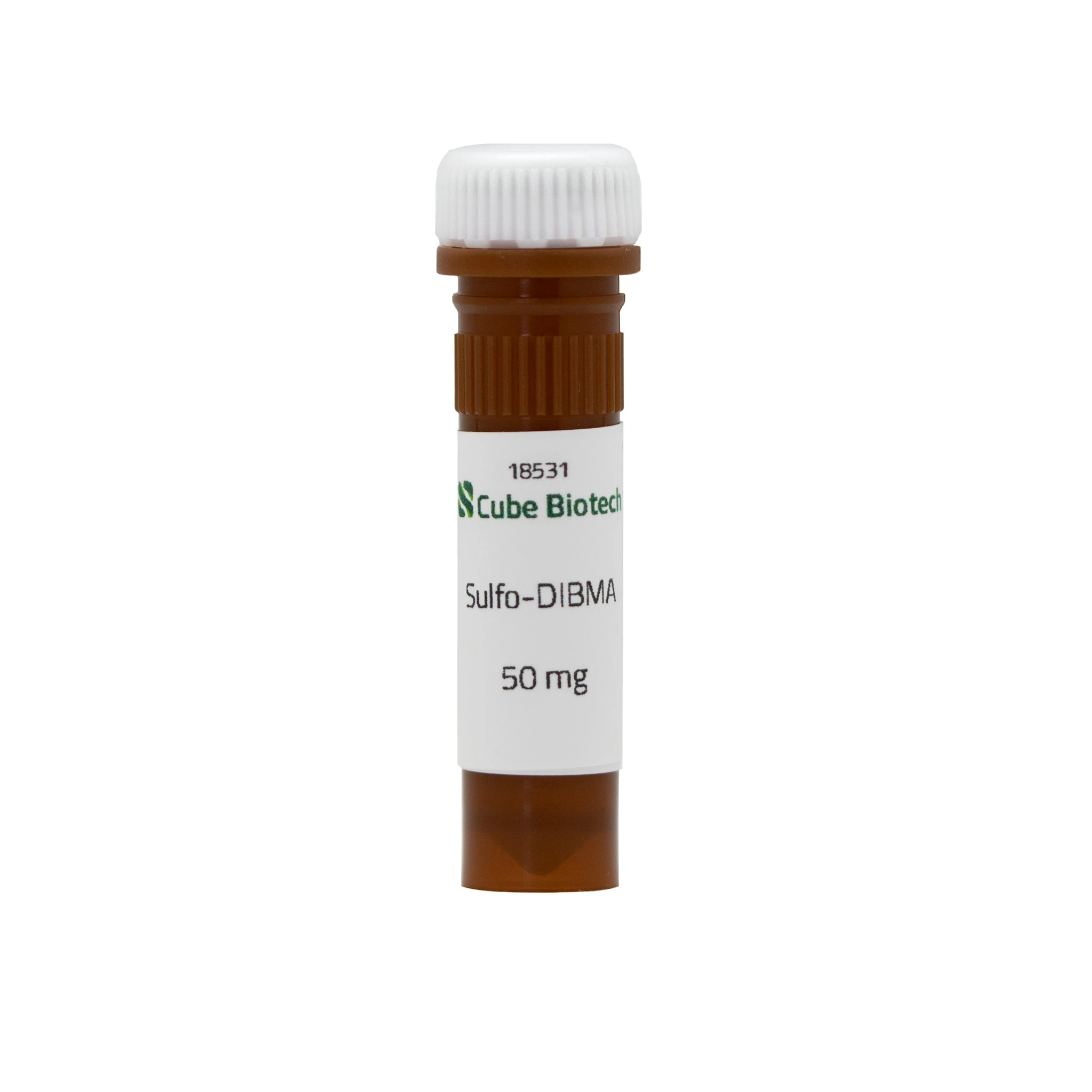Sulfo-DIBMA
Order number: 18531
Description
Sulfo-DIBMA is an electroneutral modification of existing DIBMAs. It does not interfere with charge-sensitive interactions between proteins and lipids. This innovation opens up a wider range of experimental research in terms of charge-sensitive membrane protein processes like protein-protein and protein-lipid interactions. In addition, Sulfo-DIBMA belongs to a new generation of DIBMA’s which are RAFT polymerized. This achieves a reduction in both monomer size and greater monodispersity.
With diisobutylene-maleic acid (DIBMA) you can directly extract membrane proteins from cells without an intermediate step of detergent solubilization, like with SDS which would usually interfere with the protein's function. Another advantage of DIBMA is the lack of an absorbance maxima at 280 nm. SMAs in comparison usually interfere with protein quantification, as aromatic amino acids absorb at the same spectrum.
Another major advantage of Sulfo polymers compared to other polymers is the wide pH range in which they remain stable. The buffer in which the polymer is supplied has a pH of 7.5, but the polymer itself remains stable between pH 4 and pH 10.
Good publications to find details about Sulfo-DIBMA and Sulfo-SMA are:
| Features | |
|---|---|
| Usage | Membrane protein solubilization & stabilization |
| Full-Name | Poly(diisobutylene-alt-N´,N´-/dimethyl(maleimidopropyl))ammonium propane sulfonate copolymer, sodium salt in 50 mM HEPES, pH 7.5 |
| Formula Weight | 8,000 g/mol ± 1000 g/mol |
| Buffer | 50 mM HEPES |
| pH upon addition of dH2O | 7.5 ± 0.3 |
| Total pH stability | 4-10 |
| State | Lyophilized Powder |
| Recommended concentration range upon use | 1% to 5% |
| Solubility | > 10 % in H2O |
| Absorbance at 280 nm | < 0.3 (1 % solution) |
| Mg2+ Tolerance | over 100 mM |
| Ca2+ Tolerance | over 100 mM |
| Color | White to slightly yellow |
| Odor | Odorless |
| Shipping Temperature | ambient temperature |
| Long-term Storage (lyophilized copolymer) | -20°C for several years |
| Short-term Storage (dissolved copolymer) | 2-8°C for several days |
Lab Results
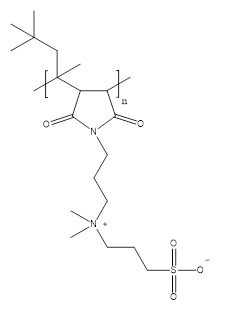
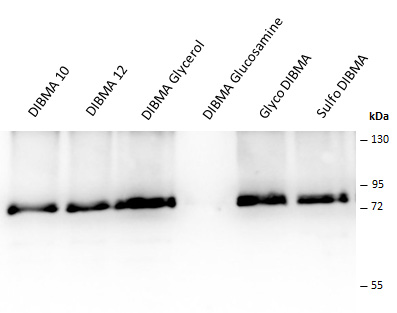

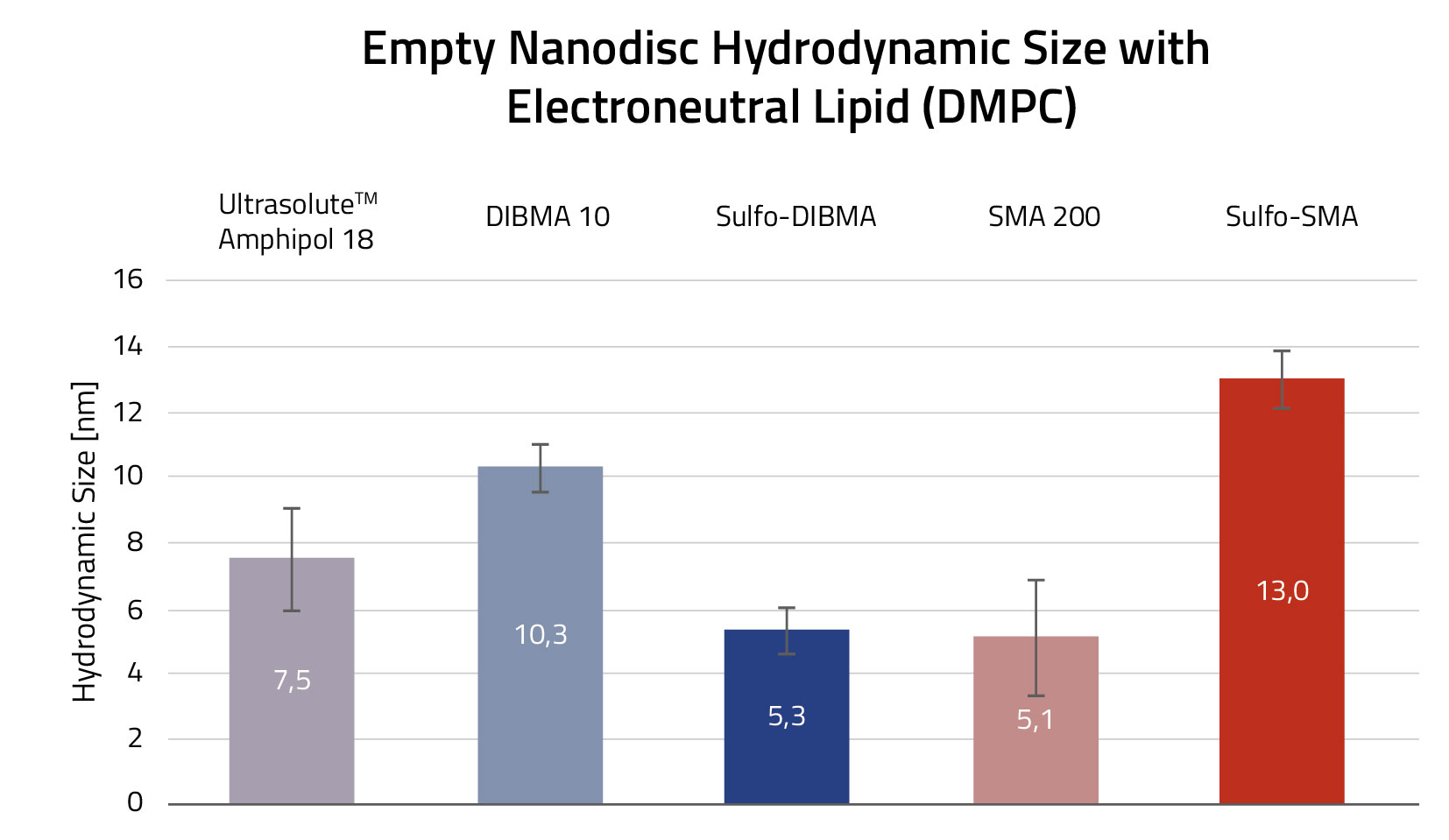
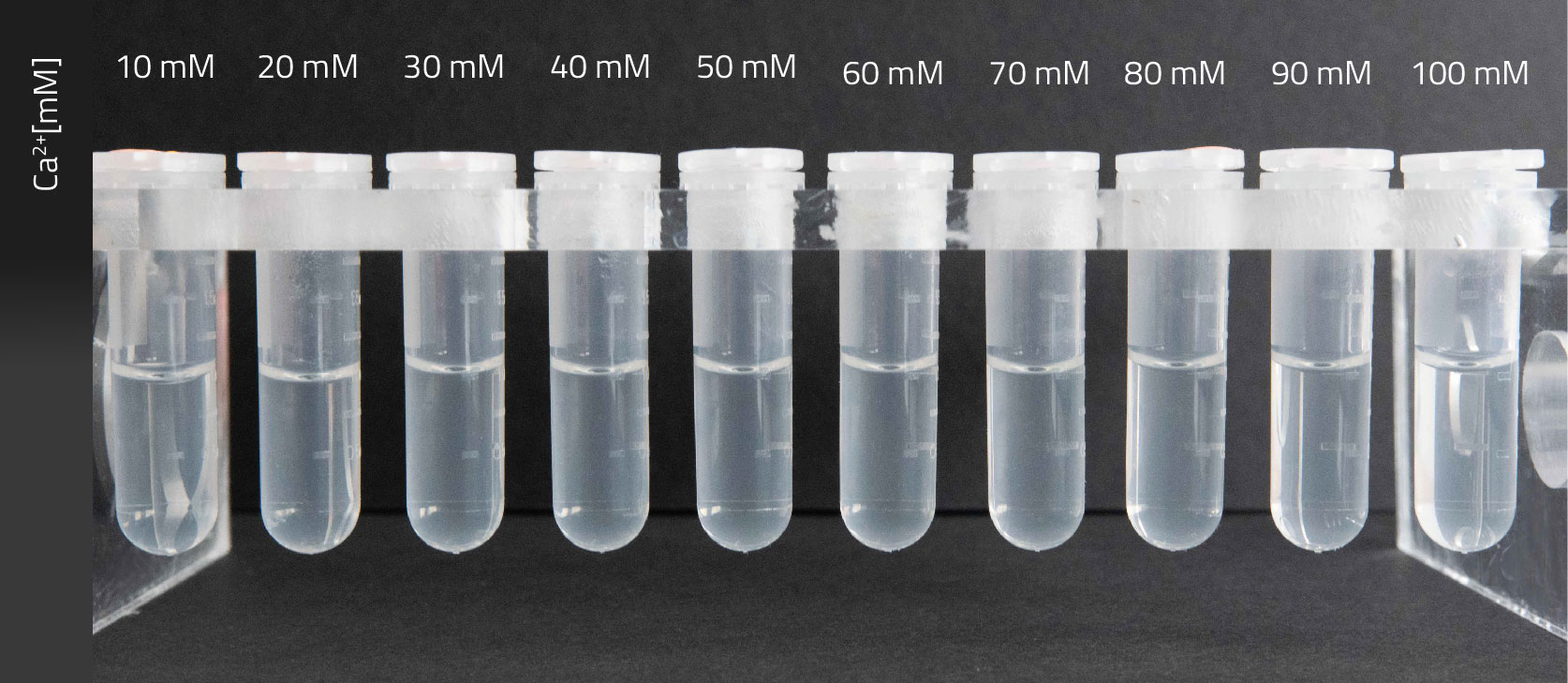
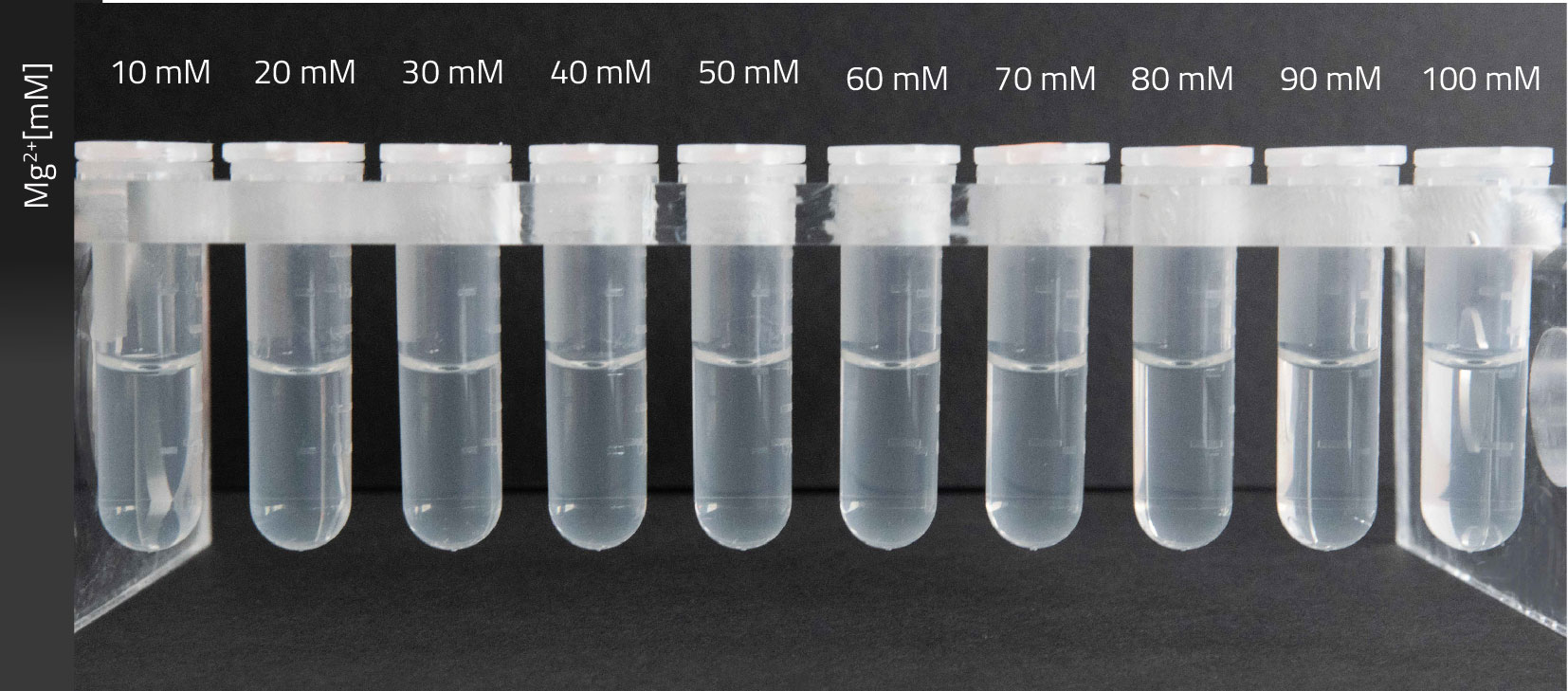
Video
Watch our video on the use of synthetic polymers for membrane protein solubilization. It demonstrates the use with SMALP.
FAQ
Can I have the datasheet for Sulfo-DIBMA
Is Sulfo-DIBMA from Cube Biotech ready to use?
Yes, our Sulfo-DIBMA is ready to use. You can start directly with the solubilization. Read our protocol for more information.
Which pH is suitable for Sulfo-DIBMA?
For Sulfo-DIBMA a pH of 7.5 is recommended. Sulfo-DIBMA does not solubilize if the pH is smaller than 6.5.
Which concentrations of Sulfo-DIBMA should I use for my protein?
In general, we advise you to add 2,5 % Sulfo-DIBMA to your solution. But the optimal conditions have to be screened by yourself. In general you should not go below 1% or over 5%. Please refer to our Membrane Protein Solubilization Protocol for more information. Or simply ask our support team.
Disclaimer
Patent Pending
The product described above is based on a substance published within the work of D. Glueck et al., Small, 2022, 2202492, DOI: 10.1002/smll.202202492.
Our products are intended for molecular biology applications. These products are not intended for the diagnosis, prevention, or treatment of a disease.
The product described above is based on a substance published within the work of D. Glueck et al., Small, 2022, 2202492, DOI: 10.1002/smll.202202492.
Our products are intended for molecular biology applications. These products are not intended for the diagnosis, prevention, or treatment of a disease.



